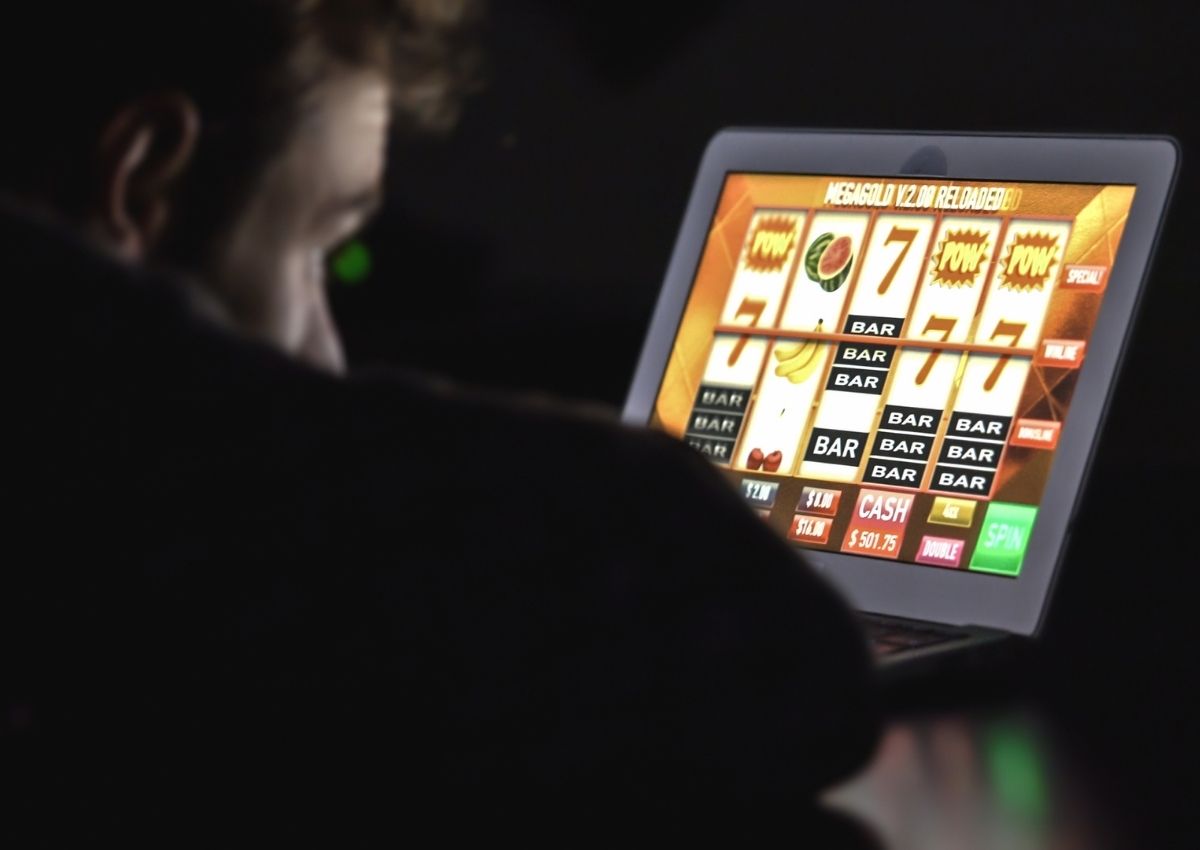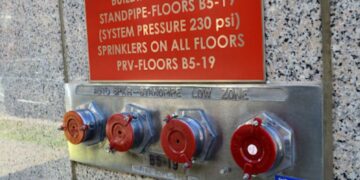What’s in a name?
Do you even need to think about what nation is responsible for introducing the ‘pokie’ noun to the world? Together with selfies, surfies, greenies, mozzies, and sunnies, they arrived from the Land Down Under.
-Ie is a popular Australian diminutive suffix, which Aussies, the most enthusiastic gamblers in the world, affectionately applied to a ‘poker machine’. They shortened the phrase, made it sound cuter, and started using it excessively in everyday life.
Here’s a fun fact not connected to gambling at all. The word ‘pokie’ can mean many other diverting things in slang, starting from devices for making a joint and finishing with women’s nipples.
5 – 3 – 5
The seasoned gamblers who know a bit of casino history and have a couple of trivia facts in their pockets would be able to crack our code. See bonus bez depozytu.
Here comes our first hint: we are talking about the number of reels. If you recently played a newly released pokie or checked a review of the latest online slots, you most certainly noticed that many of them have 5 reels. Some leading developers experiment with 6- and 7-reel pokies, while fewer and fewer go for 3.
Although 3-reel pokies are considered traditional, sometimes even outdated, and gamblers refer to them as ‘classic’, the first slot machine had 5 reels. There was only one row and 52 playing cards. The cards were rotating on the reels while the player was trying to land the combination matching one of the Poker hands. The closer the result to the Royal Flush was, the better the payout.
The pokie outcasts
Let’s linger on the story of the first poker machine for a while. So, the gameplay was as simple as possible: there was nothing like extremely popular in Australia free spins.
Wild or Scatter symbols, or even automatic payouts: you had to go to the bar counter to get your prize.
There was undeniable beauty in the simplicity of those gambling machines, but the almighty House was not plain from the start. The owners didn’t take long to get the hang of the House Edge and removed Jack of Hearts and Ten of Spades from a classic poker deck. Nothing personal: just doubling the advantage (not in the player’s favour, of course).
Pokies are the breadwinners for their casino family
Pokies bring 80% of the total casino income; they are the number one players’ favourite. And the global gambling market is worth $516 billion this year (which is still 2021). Do the math, and you’ll see what excellent breadwinners our cute pokies are.
Fruits on the reels
You probably know that many slots, especially the classic ones, use fruit symbols like lemons, cherries, and plums. In the UK, the gamblers still call poker machines ‘fruities’ or ‘fruit machines’. It’s not because the devices used to distribute apples or mangos: they paid out with candy or gum of different flavours. Whichever fruit symbols landed on the reels determined the flavour of the prize.
Pokies can be hacked
It’s not easy to do, and not everyone is capable, but it is possible.
Clever fellows from different corners of the planet have been introducing hacking inventions since the very beginning: they have used coins on strings, piano wires, magnets, and ‘magic light wands’ blinding the machine sensors.
In the late 90-s, a group of Russian IT engineers spent 5 years trying to hack a Random Number Generator. They succeeded and managed to win some cash at an American casino in 2014. Unlucky for them, the casino security was far from being blockheads, so they caught the IT prodigies quickly.
Pokies are more of givers than takers
The law doesn’t allow a release of a pokie machine (physical or online) without an RTP percentage embedded into its software.
RTP stands for Return to Player Percentage, and it establishes how much money a slot machine has to pay out to gamblers in the long run. Most physical pokies have to return at least 80% of all the money players spend on them, while at online casinos, the average RTP ranges between 92% and 98%.
The problem with this parameter is the common misconception many casino newbies acquire. They believe that having spent $100 on a slot with an RTP of 90%, they can’t lose more than $10. The idea is wrong. RTP is not an individual percentage, it shows how much the machine is going to pay out over a million spins or more, and not to you specifically. They are random, remember?
Pokies are never cold or hot
Let’s expand the idea of pokies’ randomness. Back in the days, when gamblers used the arm biceps to play slots, and the machine had a container for coins that was filling slowly up, you could hope to find a ‘hot’ pokie.
A ‘hot’ slot implies that it has recently been paying out generously: it’s on a ‘streak’. However, today computerized impartial algorithms decide our fates.
We don’t want to gain the reputation of those guys who always bring bad news, but we gotta do what we gotta do. ‘Streaks’ don’t apply to any games of chance as a characteristic that helps you predict the next event.
Let’s take the Roulette aficionados believing that if 10 red numbers have come up in the row, the chances of getting a black one are increasing. Mathematicians call this misconception ‘Gambler’s fallacy’. They say that the probability of a future independent event doesn’t depend on the previous event. Pokie payouts as well as Roulette ball drops, have to be viewed as independent random events.
In other words, it doesn’t really matter if 17 came up on the Wheel a second ago. The chances of hitting another 17 next time are not higher or lower than before: they are the same – 1 to 37.
Pokies make mistakes
At least three of them are known to the public.
Huge prizes of $55, $11, and $42 million popped up on slot screens in Vietnam and Colorado casinos. In all the cases, the software analysis took place. It revealed some malfunctions in all the machines, and consequently, none of the jackpots were paid out.
Whenever you feel disappointed, think of these three ‘lucky strikes’ and let it go.
Pokies addiction is more than a scare story
It’s a proven fact.
Gambling is unpredictable. You are always asking yourself: am I going to hit that jackpot; am I the One? Anticipating an uncertain reward is arousing, and it triggers the dopamine release (aka the ‘feel-good’ hormone). Similar processes in the same parts of our brains happen when we are doing something enjoyable: eating good food, drinking good wine, having good sex, spending time doing our favourite hobbies. Alcohol and drug abuse causes the same reactions, and the addictions develop comparably to compulsive gambling.












